Archives
- 2025-11
- 2025-10
- 2025-09
- 2025-03
- 2025-02
- 2025-01
- 2024-12
- 2024-11
- 2024-10
- 2024-09
- 2024-08
- 2024-07
- 2024-06
- 2024-05
- 2024-04
- 2024-03
- 2024-02
- 2024-01
- 2023-12
- 2023-11
- 2023-10
- 2023-09
- 2023-08
- 2023-07
- 2023-06
- 2023-05
- 2023-04
- 2023-03
- 2023-02
- 2023-01
- 2022-12
- 2022-11
- 2022-10
- 2022-09
- 2022-08
- 2022-07
- 2022-06
- 2022-05
- 2022-04
- 2022-03
- 2022-02
- 2022-01
- 2021-12
- 2021-11
- 2021-10
- 2021-09
- 2021-08
- 2021-07
- 2021-06
- 2021-05
- 2021-04
- 2021-03
- 2021-02
- 2021-01
- 2020-12
- 2020-11
- 2020-10
- 2020-09
- 2020-08
- 2020-07
- 2020-06
- 2020-05
- 2020-04
- 2020-03
- 2020-02
- 2020-01
- 2019-12
- 2019-11
- 2019-10
- 2019-09
- 2019-08
- 2019-07
- 2019-06
- 2019-05
- 2019-04
- 2018-07
-
We next determined the selectivity profile
2021-11-15
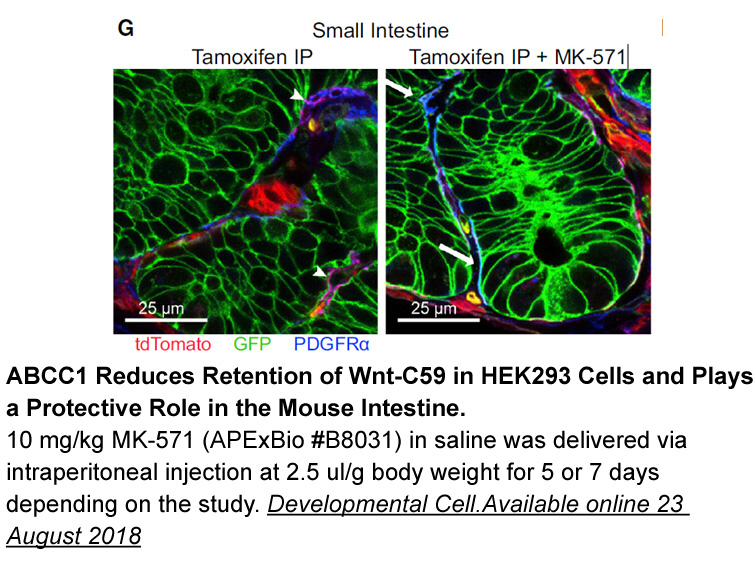
We next determined the selectivity profile of the most potent GPR40 agonists (4k–n) against other free fatty ARCA Cy3 EGFP mRNA sale receptors (FFA3/GPR41, FFA2/GPR43 and FFA4/GPR120). FFA2 and FFA3 agonists have a preference in binding short-chain fatty acids while FFA1 and FFA4 have a higher affi
-
These observations are of particular interest
2021-11-15
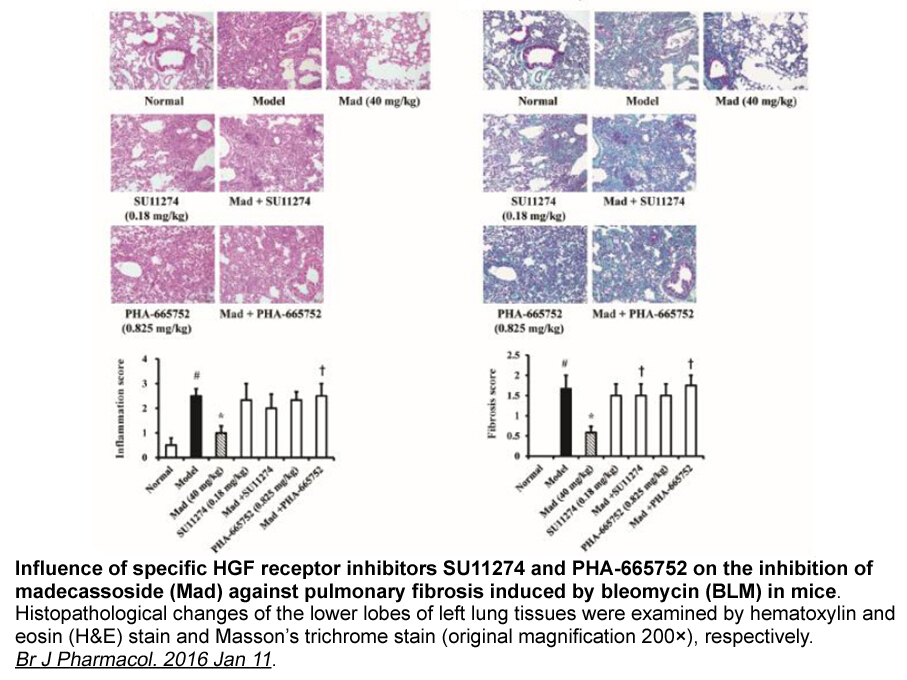
These observations are of particular interest in the context of recent conceptual changes regarding the mechanisms by which different types of leukocytes contribute to atherogenesis. Over the last decade, the paradigm of the predominant circulatory origin of lesional macrophages has been challenged
-
NMR analyses support the above statement Compound is
2021-11-15
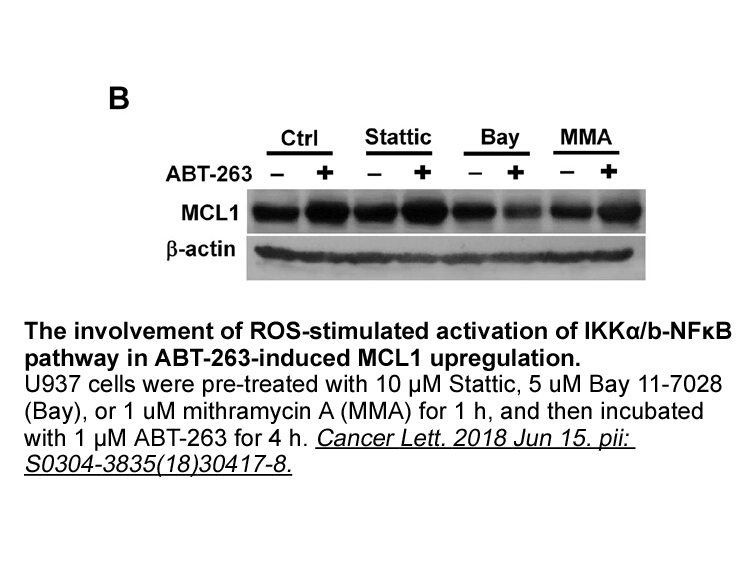
NMR analyses support the above statement. Compound 32 is an interesting example of an isosteric analog of compounds 12–14. It has been demonstrated that 32 forms a rather stable six-membered ring via a hydrogen bond based on the chemical shift of the phosphorus soluble guanylate cyclase at the C-3 p
-
The H autoreceptors distributed mainly in the
2021-11-15

The H3 autoreceptors distributed mainly in the CNS act as a negative feedback on histamine synthesis and release from histaminergic neurons. Histamine is involved in many physiological functions such as sleep-wake regulation, circadian and feeding rhythm, thermal regulation, locomotion, learning, co
-
Histamine in the central nervous
2021-11-15
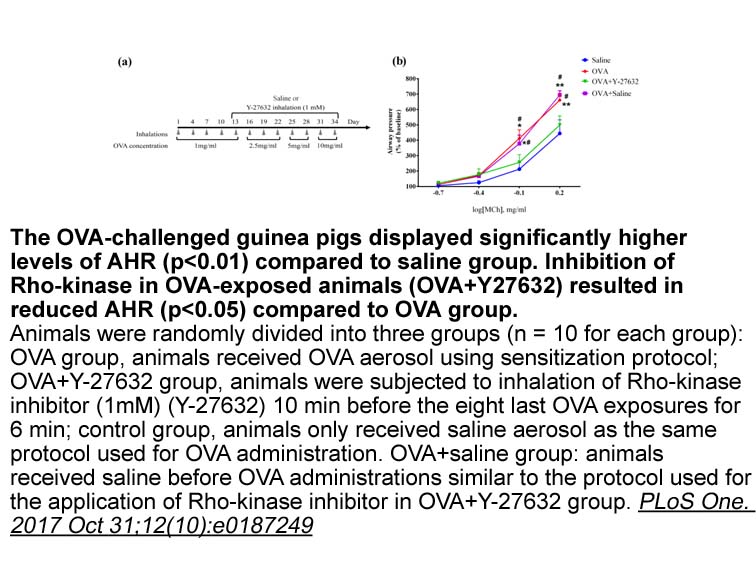
Histamine in the central nervous system is produced mainly in the tuberomammillary nucleus and is implicated in learning and memory as well as sleep and wakefulness, feeding and drinking, and neuroendocrine regulation . For instance, treatment with antihistamines not only produces drowsiness but als
-
In order to find better LODs LOQs and
2021-11-15

In order to find better LODs, LOQs and peak shape researchers used different derivatization agents along with dansyl chloride. However, these procedures required longtime for sample preparation, low recovery, the chance of contamination; products instability and some reagents were unable to derivati
-
br Introduction The airway epithelium
2021-11-15

Introduction The airway epithelium is the first barrier against inhaled insults and the final barrier against internal forces (hydrostatic, inflammatory, and ischemic) that disrupt water and solute movement across the epithelium. This barrier is formed by adhesion of airway and alveolar epithelia
-
Gastrodin mg HPgV coinfection has been associated with reduc
2021-11-15

HPgV coinfection has been associated with reduced liver disease in HPgV/HCV/HIV triply infected patients (Barbosa Ade et al., 2009, Berzsenyi et al., 2007, Berzsenyi et al., 2009, Berzsenyi et al., 2011). It is possible that HCV NS3 protease inhibitors could inhibit HPgV replication diminishing its
-
Recently some published studies showed
2021-11-15
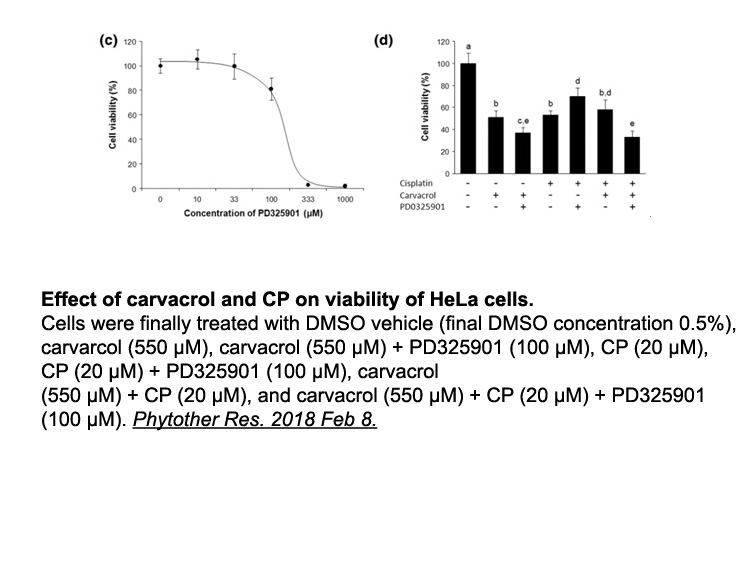
Recently, some published studies showed that HBV can induce autophagy in vitro and vivo [[19], [20], [21]]. The critical role of autophagy in HBV normal life cycle, such as HBV envelopment, has been gradually accepted by researchers from different laboratories [22,23]. HBV can trigger the autophagic
-
br Molecular mechanisms underpinning GSNOR
2021-11-15
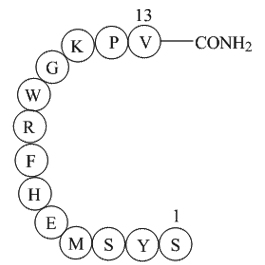
Molecular mechanisms underpinning GSNOR1 function in the defence response Recently, Arabidopsis GSNOR1 has been shown to govern the extent of S-nitrosylation of two key regulatory proteins, Non-Expresser of Pathogenesis-Related Genes 1 (NPR1) and SA binding protein 3 (SABP3), which are integral t
-
A similar symbiotic relationship has been reported in
2021-11-12
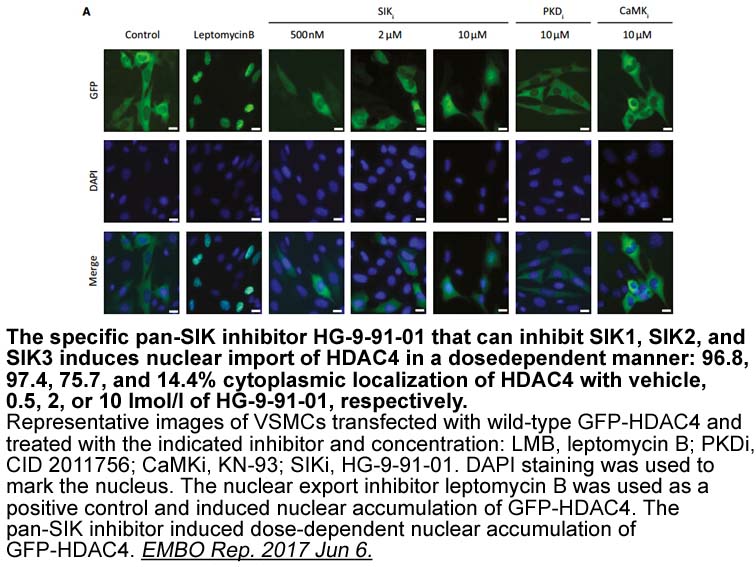
A similar symbiotic relationship has been reported in the brain, where increased gradients of lactate secreted by astrocytes enables neurons to import and use this nutrient, a process referred to the ‘neuron–astrocyte lactate shuttle’ [16]. Similarly, lactate-based metabolic coupling established by
-
KPT-330 Fig summarizes the underlying mechanism
2021-11-12

Fig. 7 summarizes the underlying mechanism of SB on inhibiting inflammation and maintaining epithelium barrier integrity in the TNBS-induced colitis model. Our findings not only explained the protective effect of SB on colon health, but also provided evidence that GPR109A likely constitutes a valid
-
The differentially expressed proteins during somatic embryog
2021-11-12
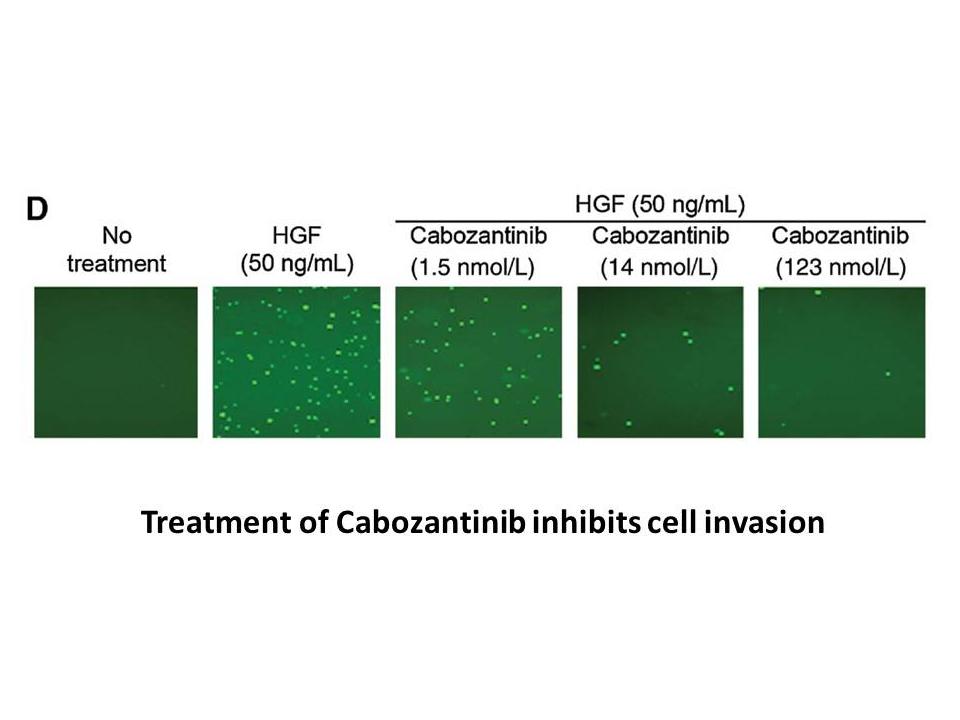
The differentially expressed proteins during somatic embryogenesis are described as the proteins that are induced by oxidative stress and respond to higher cell division activity including ascorbate peroxidase, dehydroascorbate reductase, glutathione transferase and mitochondrial manganese superoxid
-
We noticed that the spontaneous openings of the D R
2021-11-12
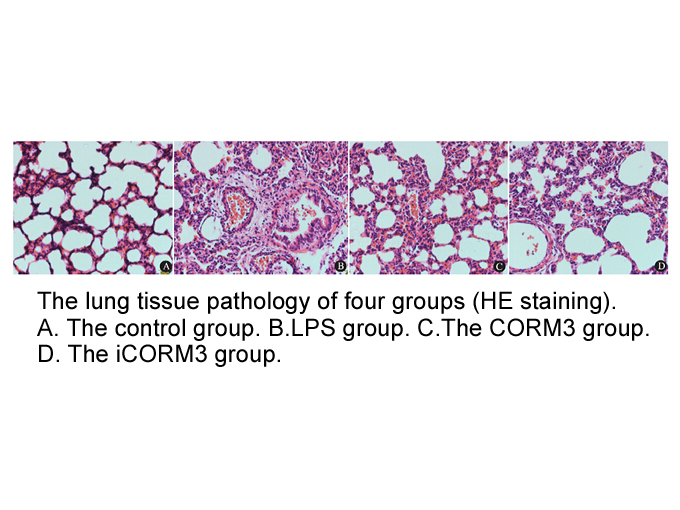
We noticed that the spontaneous openings of the D97R α1 GlyR appeared to be quite similar to those elicited by a maximally-effective glycine concentration on wildtype GlyR; both generated similar open and shut dwell-time histograms, both exhibited openings grouped into clusters with Popen values gre
-
The EEGs of these six
2021-11-12
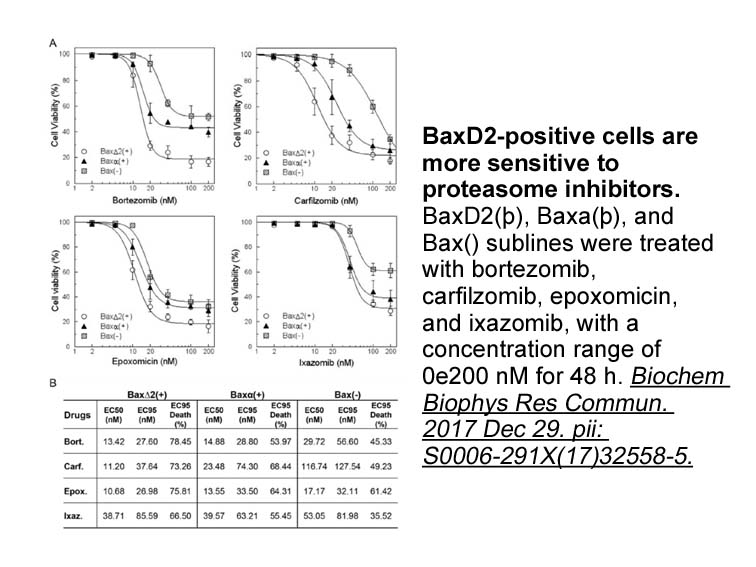
The EEGs of these six patients interestingly showed focal, multi-focal and generalized spikes, which was an exclusion criteria in our study as we selected our cohort to exclusively represent focal epilepsy. Remarkably all of these cases were diagnosed with paroxysmal exercise-induced dyskinesia (PED
15945 records 560/1063 page Previous Next First page 上5页 556557558559560 下5页 Last page